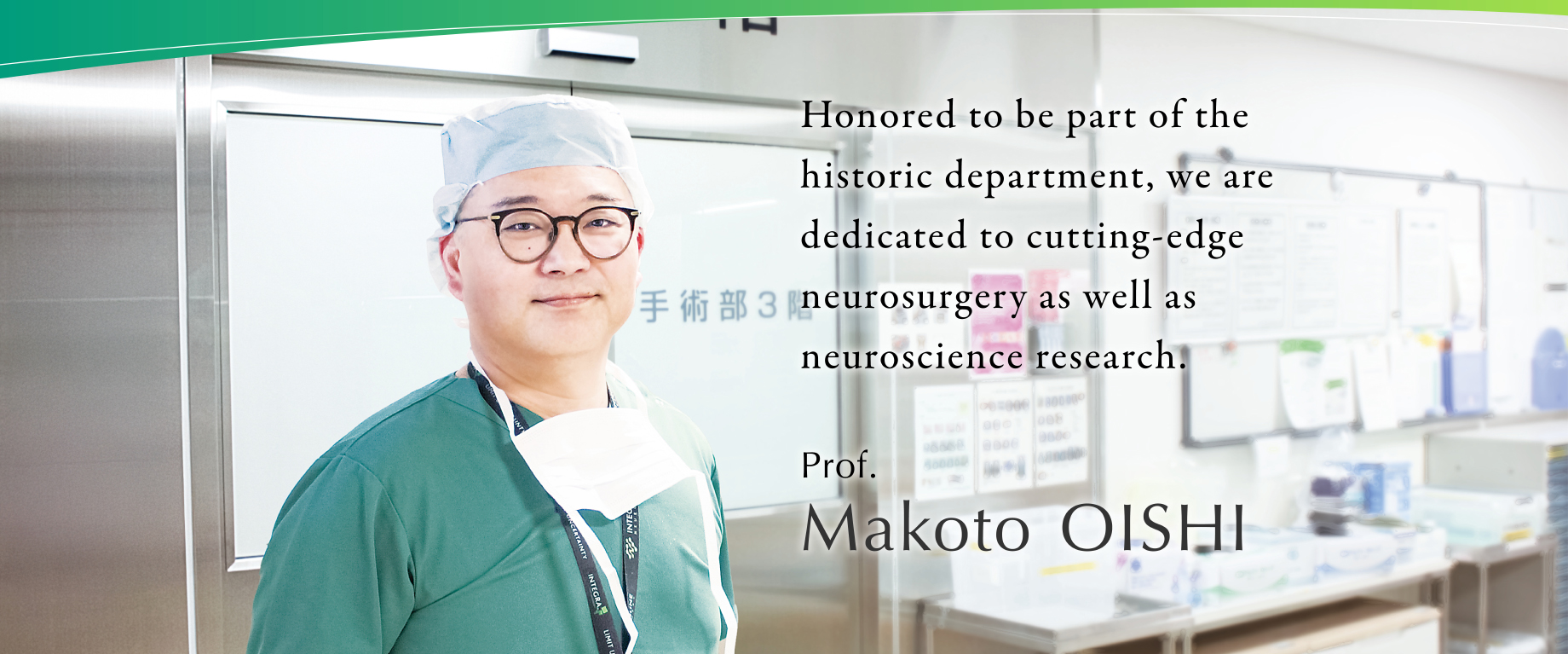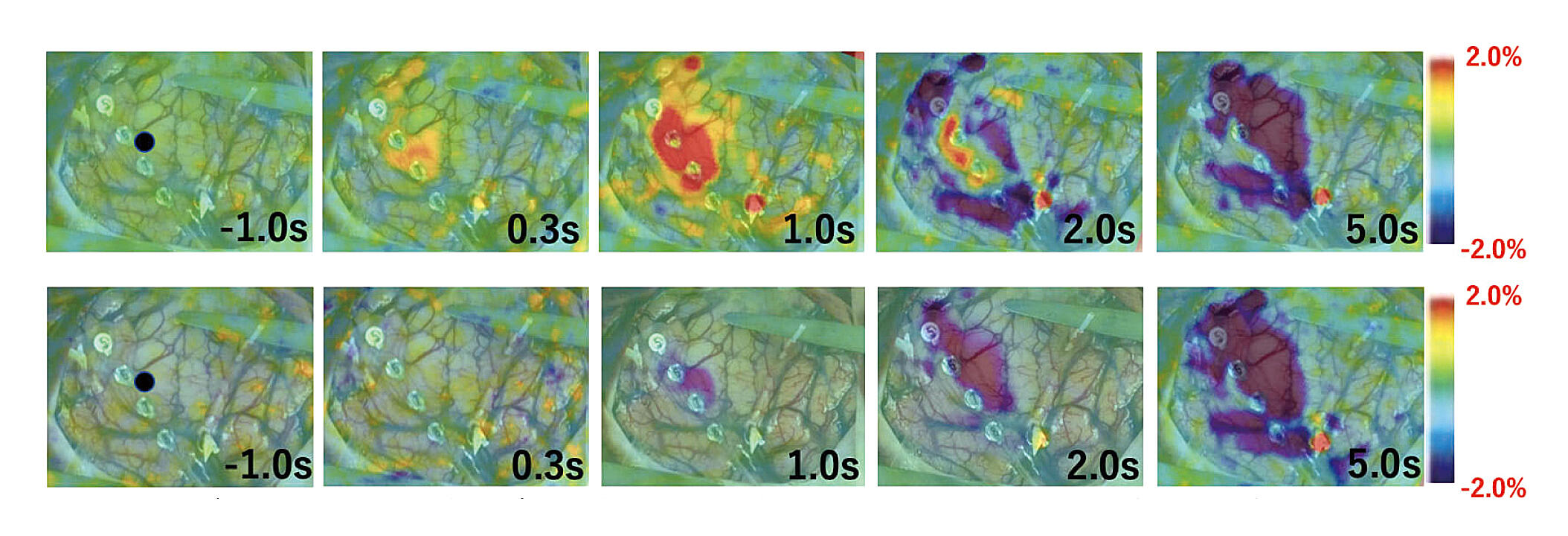
Members
Makoto OISHI
Hitoshi HASEGAWA
Ryousuke OGURA
Tetsuya HIRAISHI
Tomoaki SUZUKI
Daijyu MITSUHASHI
Yoshihiro TSUKAMOTO
Ryota OKURA
Jun WATANABE
Yuichiro YONEOKA
Satoshi SHIBUMA
Hidemoto FUJIWARA
Toru TAKINO
Research Focus
We are a clinical department specializing in neurosurgery, uniquely affiliated with the Brain Research Institute of Niigata University. We aim to precisely answer clinical questions through basic and translational research and using the results to improve clinical medicine, which has been continued ever since the Brain Research Institute was founded. Currently, our clinical focus includes skullbase surgery, endovascular treatment, malignant brain tumors, epilepsy and functional surgery in collaboration with the National Nishiniigata Chuo Hospital. The main research areas we are currently investigating include: elucidating treatment methods for brain tumors using cultured cells and xenograft models, investigating nerve axon regeneration and growth mechanisms, developing assistive surgical technology to enable accurate simulation for complex neurosurgical cases, and education of young neurosurgeons. Additionally, we are exploring non-invasive fluorescence methods and ways to visualize intraoperative neural activity, aiming to significantly advance future neurosurgical treatments. Our clinical environment offers a unique opportunity to consult with top researchers at the Brain Research Institute on experimental methods and related matters.






